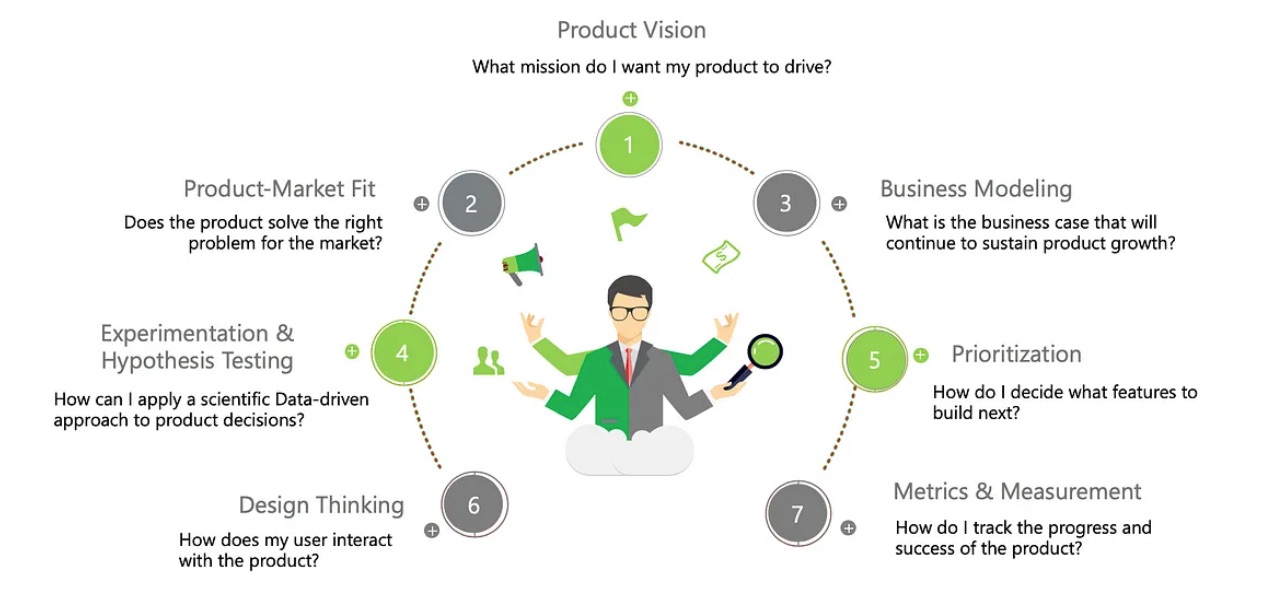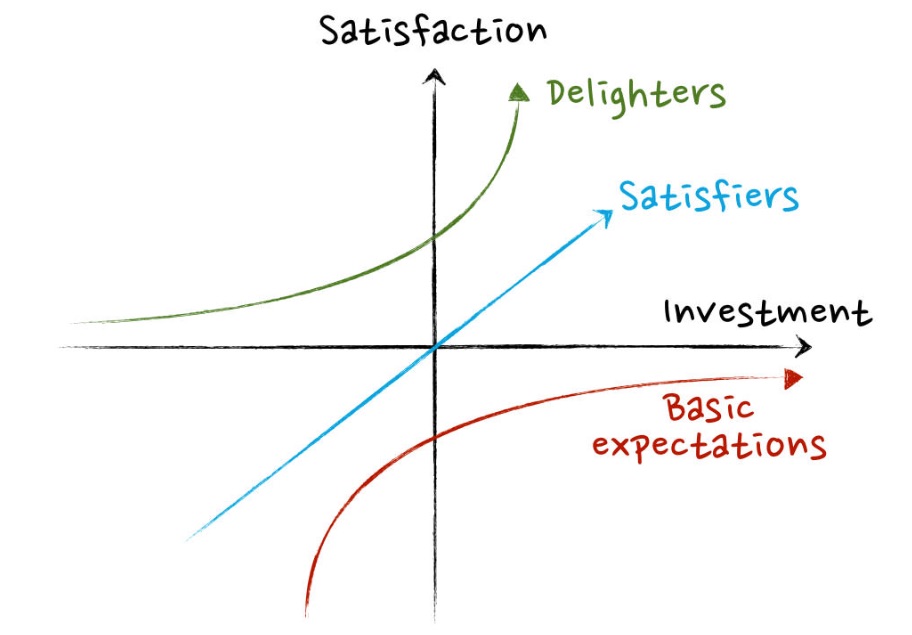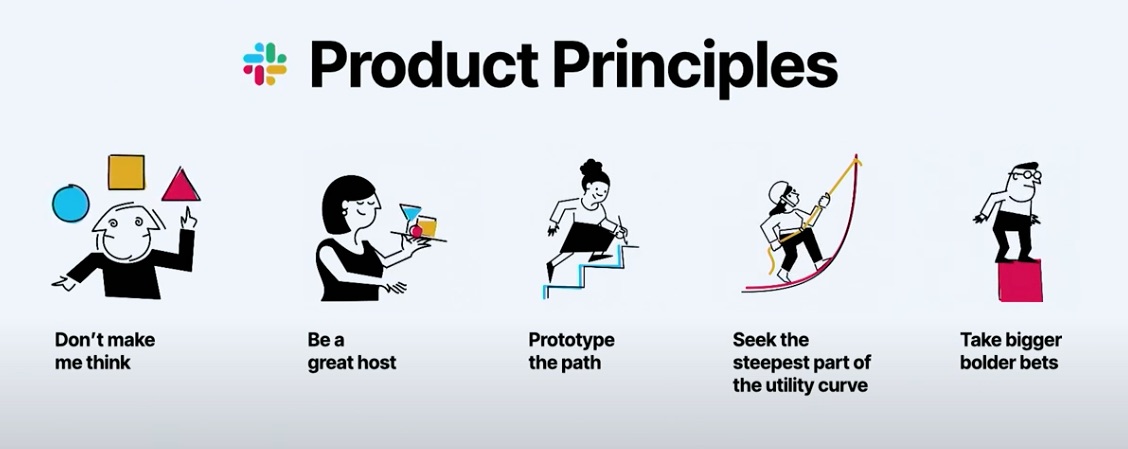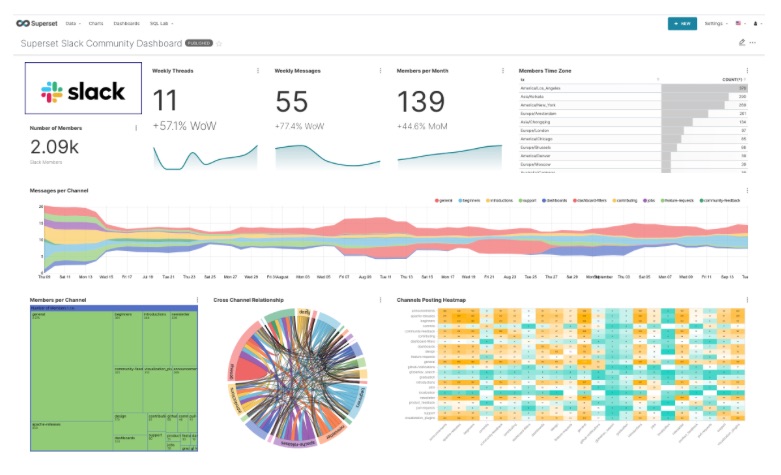and the distribution of digital products.
DM Television
Demystifying the Role of a Product Manager: Beyond the 'CEO of the Product' Perception
I get this question several times. From aspiring Product Managers, professionals who want to make a move to product management, students, friends, and even my mom (as she struggles to explain to others what her daughter does). As glorified as it may sound, and as most definitions would describe a Product Manager as being the ‘CEO of the product!’, I think it is the most misunderstood interpretation of the level of direct authority this role possesses.
\ Of course, as a PM, you get to shape the product vision and strategy to drive it toward success, but as they say, it takes a village, and as I like to put it, a product manager is like a shepherd, who will drive the herd toward taking products to greener pastures. And although the role varies in different organizations, In simple terms,
\
A product manager helps develop product strategy, partners with executives/stakeholders on how to deliver and take it to market and manages people/resources to execute on that vision.
\ I can understand why it has taken so long for people to get familiar with this new role, as the title ‘Product Manager’ did not exist until perhaps a decade ago. It is basically a ‘jack of all trades’ kind of a role, which varies according to the company size, the user audience, the industry, and the stage at which the product is in its lifecycle. More than the roles and responsibilities, I would like to elaborate on some of the core competencies that a PM possesses and skills he or she applies, in their day-to-day jobs.
Core Competencies for a PMThese are the skills that differentiate a good PM from a stellar PM:
\

\ \
Ability to Define a Vision:Any product starts with setting a vision, that is in line with the overall vision for the company. A mission statement about what you want your product to be. A product manager sets the direction for where the product is going and what it will deliver in the future. For example, Google’s vision is “to organize the world’s information and make it universally accessible and useful.” Slack’s product vision is “transforming work, building better communication, and creating greater transparency.”
\ This is not simply a tagline or a marketing statement; it is a culture that every person working at these companies abides by. Setting a strategic vision requires a solid understanding of the business, the company goals, and the customer’s needs.
Understanding Product-Market Fit:This is one of the most critical pieces in terms of knowledge areas for a PM, as it involves understanding the market, defining the problem statement, and then building a product that solves this problem. ‘Achieving product-market fit’ from the beginning and iterating on it throughout the product development process is key to being a successful product manager.
Business Modeling:While the vision tells you why the product should be made, the business case tells you how the product will create value, monetize on that value, and be a sustainable growing business. For this, a PM sets short-term and long-term goals, defines the growth path, and the revenue streams, and identifies the resources to achieve the product vision. I like Alex Osterwalder’s Business Model Canvas as a template to put together some of these details.
Experimentation and Hypothesis Testing:You must have heard of taking a ‘data-driven approach’ to making decisions. Well, there is no dearth today of tools and mechanisms for product managers to gather data and feedback. The main issue is to sift through this data and identify the metrics that really matter. One of the skills of a PM is to frame a hypothesis for a particular observation, run experiments to test the hypothesis, and then effectively measure the outcome by deriving KPIs that objectively validate the assumptions and will eventually help drive decisions.
\ Taking the example of Slack in their early days, they were trying to prove its utility to users. One of the hypotheses was ‘eliminating the use of email’. The team started asking prospective clients to spend an entire day without email, only using Slack for all communications. The experiment was a success and the Slack team was able to demonstrate how effective the tool was in breaking people away from their email and enabling productivity.
PrioritizationAsk any PM what is that one competency that he or she is forever trying to master, and the answer most often will be prioritization skills! You have a great set of ideas and requests gathered from users, sales, product support, developers, etc. Evaluating these against the right set of criteria to know what to work on first, is according to me the most important skill that needs to be developed and honed over time. There are many prioritization frameworks and techniques, including the RICE method, ICE scoring, and the KANO method, to name a few.

\ As a good prioritization example, Slack focused on a few things that were most important to their product vision:
\
- Search: The team knew that users needed to not worry about labeling and storing documents and had to focus their roadmap to build this capability, one that Gmail and Google, had set high standards for.
\
- Synchronization: The problem with every other enterprise productivity tool was the need for the user to be able to pick up from where he left off after switching devices. This is what became one of Slack’s biggest differentiators.
\
Simple file-sharing: Slack wanted to make it super easy to drag-drop files and paste images which was in line with its focus on building an intuitive UI.
\ Although these features may seem rudimentary, Slack identified and prioritized these, as an attempt to build something that would be an important change for the audience who were used to cumbersome experiences through other competitive tools.
A PM typically works very closely with a product designer to ensure the features presented to the user, serve the functionality in the way they are designed for. In order to design experiences and user interfaces, a PM should have a thorough understanding of the user journey and how users will consume the product capabilities. As a good resource, I found the Lean UX helpful in sharing techniques to incorporate design into agile product development.
\

\
Metrics and MeasurementMore often than not, PMs are faced with the challenge of weighing the information assimilated from a variety of sources in order to make product decisions. As you build your hypothesis and begin to test, you will need to understand the opportunities for feedback, what to measure, and how to measure.
\ Being proficient in these metrics measurement methodologies is a core skill to develop as a PM. This includes qualitative testing (e.g., usability testing or session monitoring) or quantitative (traffic analysis or user engagement tracking). There are also other forms of comparative measurement such as A/B testing, multi-variate testing, etc.
\

\ \ Sticking to the same example of Slack, when they were tackling their next set of goals, performed a bunch of qualitative interviews with their largest accounts to test the hypothesis that they weren’t serving those larger teams as well as they could. Some of the questions asked were — How do you use Slack? Who uses it within the organization? What do they use it for?
\ What other tools do you use, and how does Slack fit into that? Using the feedback gathered, Slack then made several changes to its feature set for larger teams (e.g., creating a different set of default notifications to avoid ping fatigue)
\ Besides these core skills, there are other personal or as I call them, fundamental proficiencies that truly differentiate a good PM from an expert, seasoned product person. These include leadership, planning, cross-functional collaboration, stakeholder management, and relationship building which are as vital to becoming a successful product manager as the core competencies covered above.
\
- Home
- About Us
- Write For Us / Submit Content
- Advertising And Affiliates
- Feeds And Syndication
- Contact Us
- Login
- Privacy
All Rights Reserved. Copyright , Central Coast Communications, Inc.